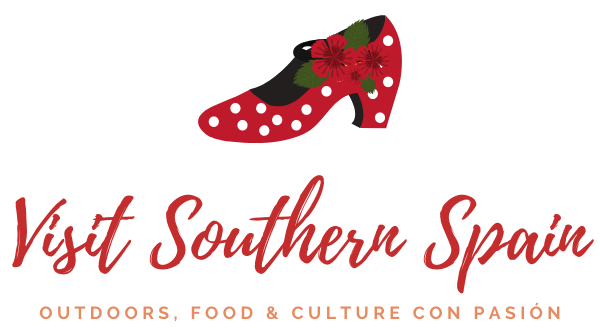A guide to learning all about how is Semana Santa celebrated in Spain
If you’re considering spending Easter in Seville, you may be wondering, how is Semana Santa celebrated in Spain?
Semana Santa, otherwise known as Holy Week in Spain, is one of the most important religious festivals in the Spanish calendar.
In this article, you’ll learn everything you need to know about Semana Santa traditions in Spain. So, are you ready to gain a little more insight into how people spend Easter week in Spain?
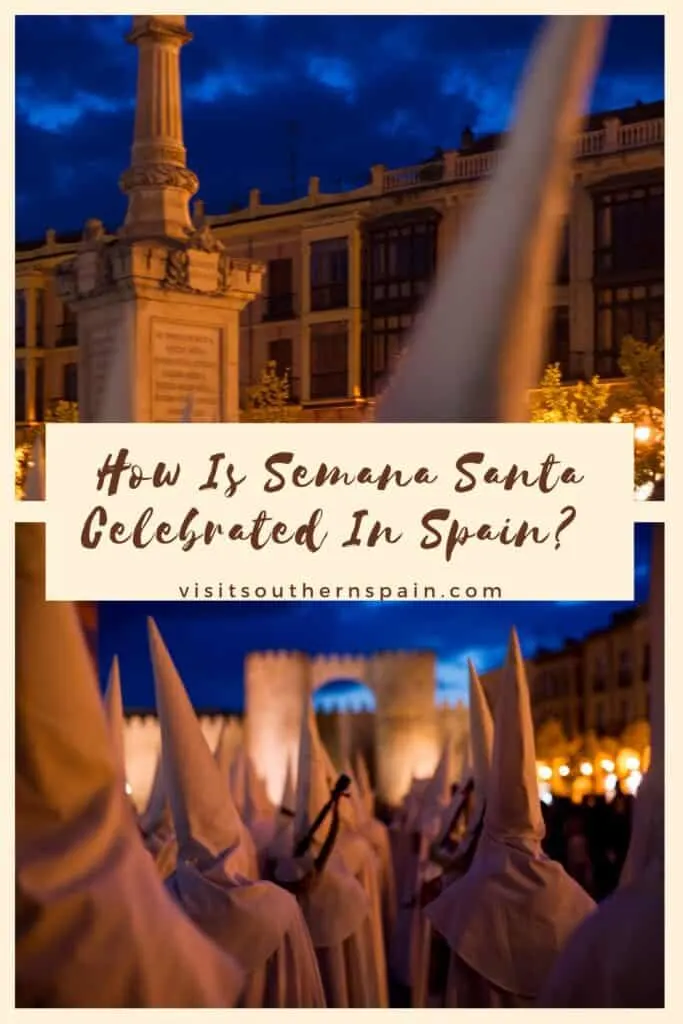
You, dear reader, support this blog. If you purchase through a link, we earn a small commission. As an Amazon Affiliate, we earn from qualifying purchases.
Pssst…!!?? You can’t get enough of Southern Spain guides? Have a look at my other posts:
How Is Semana Santa Celebrated In Spain
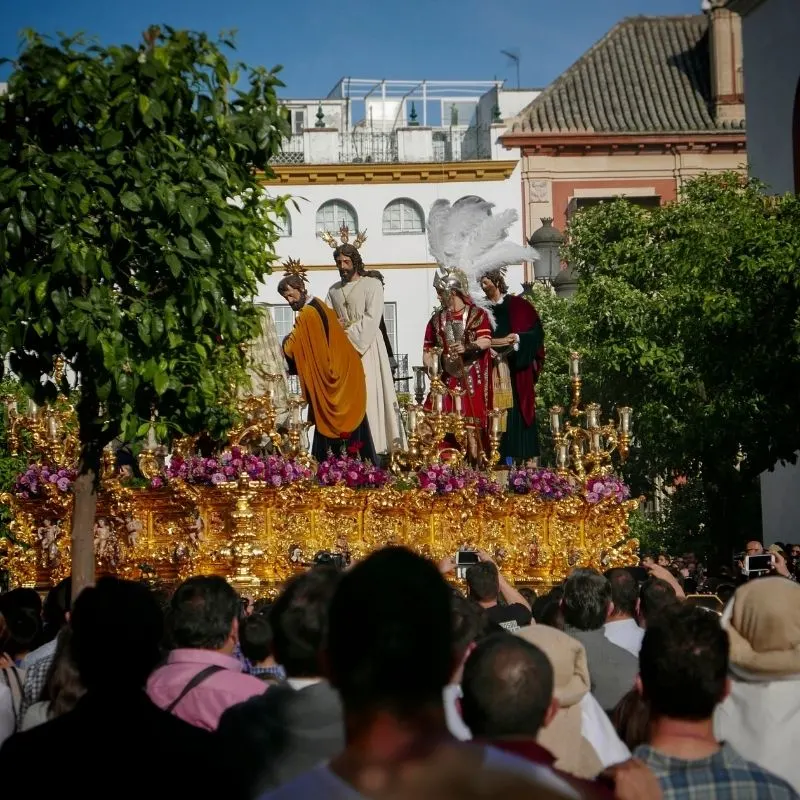
Before we answer the question, “How is Semana Santa celebrated in Spain?” we need to first look at the lead-up to the festival itself.
The 40-day period before the Semana Santa holiday is known as Cuaresma or Lent.
Beginning on Ash Wednesday, Lent ends on Maundy Thursday and is a time of repentance and meditation in the Catholic faith.
While only around a fifth of people in Spain are actively practicing Catholics, the Semana Santa festival is firmly ingrained in the local psyche and culture.
Even those who rarely attend church otherwise often make a special effort at this time of year, and abstaining from consuming meat on Fridays is commonplace, hence the reason why so many restaurants across Spain serve so many fish dishes during the Spring season.
Including Palm Sunday, which is one of the most important days of Semana Santa in Spain; there are six Sundays in Lent.
Each one is an opportunity for people to pray, reflect, and prepare for the religious festival of Easter and the deeper meaning of Christ’s passion.
Iconic Features of Semana Santa Celebrations
If you were to ask any Spaniard the question, “What is Semana Santa in Spain?” they would be sure to tell you about a few key iconic features of the celebration.
No matter which part of the country you’re visiting, you’ll see how is Semana Santa celebrated in Spain and how certain traditions are enacted everywhere during this all-important holiday.
1. Elaborate Processions
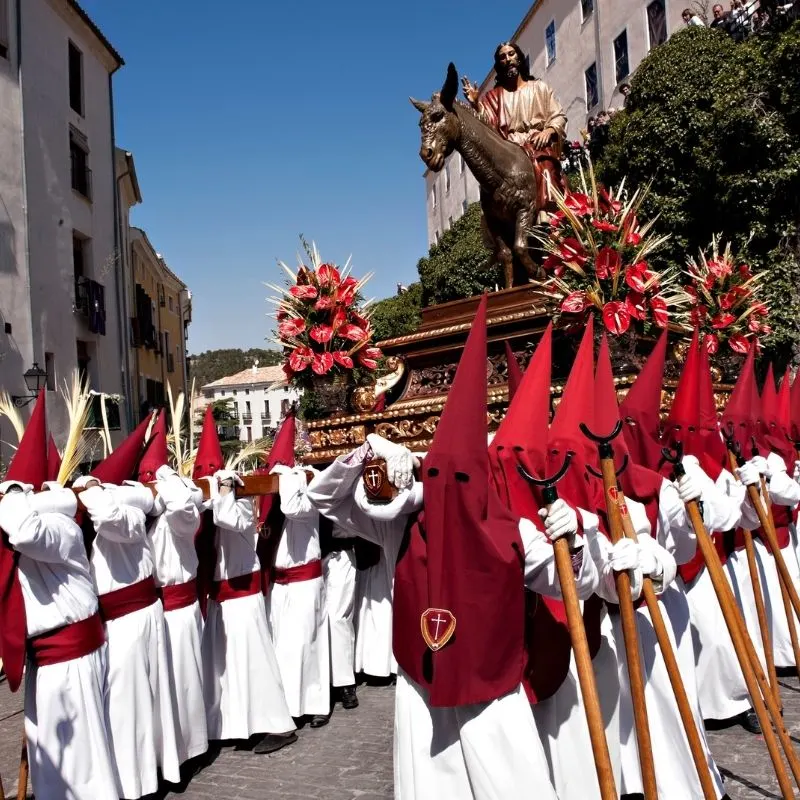
One of the most notable Semana Santa traditions is the elaborate processions that take place throughout Holy Week in Spain’s cities and towns.
Depending on where you’re visiting, these processions may vary in size and scale, but nevertheless, they’re sure to take place.
The key feature of Spain’s Easter processions is their religious floats or pasos. These enormous floats progress throughout the city’s streets on numerous occasions throughout the week.
Each one artistically represents an element of the crucifixion story, and many are centuries old, having been created by skilled artisans and even famous artists.
The statues leave their home church and are carried around the town, usually accompanied by hundreds of local people and marching bands.
These processions may take several hours, with the biggest ones lasting over 12 hours!
The floats can weigh over a ton and are carried by local people who practice the fine art of turning and moving as one for weeks in advance of Easter itself.
These processions are organized by the Hermandades or Brotherhoods.
Each Brotherhood is associated with its own church and is responsible for its social calendar, and in particular, the organization of Holy Week’s procession.
2. Penitents and Nazarenos
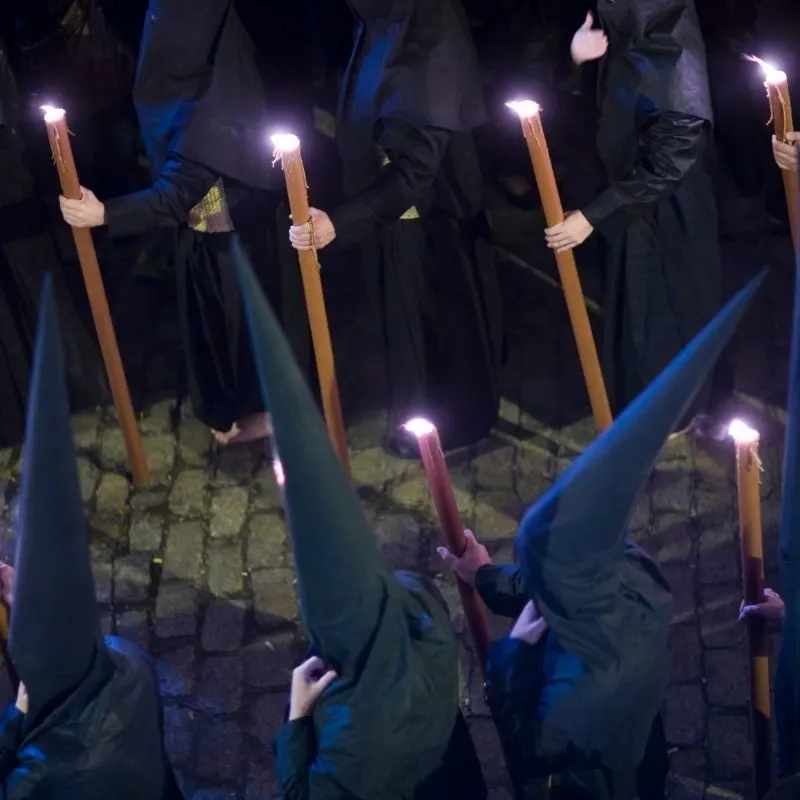
So what is the history of Semana Santa? The history of Semana Santa is a long and illustrious one, with many aspects of today’s modern celebrations dating back hundreds of years.
One aspect that goes back to the 16th century is the Nazarenos and penitents.
If you are spending Semana Santa in Andalucia, you may be slightly surprised by the traditional attire worn by the Nazarenos during the Easter processions.
With their long, conical hats that cover their faces, they look similar to the KKK. Yet, there’s no relationship between the two!
In fact, the Nazareno’s costume is a throwback to the times of the Spanish Inquisition, when penitents were made to wear this distinctive headwear to mark them out as those in need of repentance of their sins.
The idea of covering their faces stems back to an ancient desire to show penitence without having to reveal their identity, and that’s why only their eyes remain on show.
Both penitents and Nazarenos will take part in the processions. The penitents don’t wear the capirote hats, and some may even walk the route barefoot.
The Nazarenos will usually carry crosses or candles, which will be lit during the evening processions. Meanwhile, the penitents will carry the pasos.
Some larger processions can see as many as 3000 people taking part, with hundreds carrying each float due to its enormous weight.
3. Religious Plays and Passion Narratives
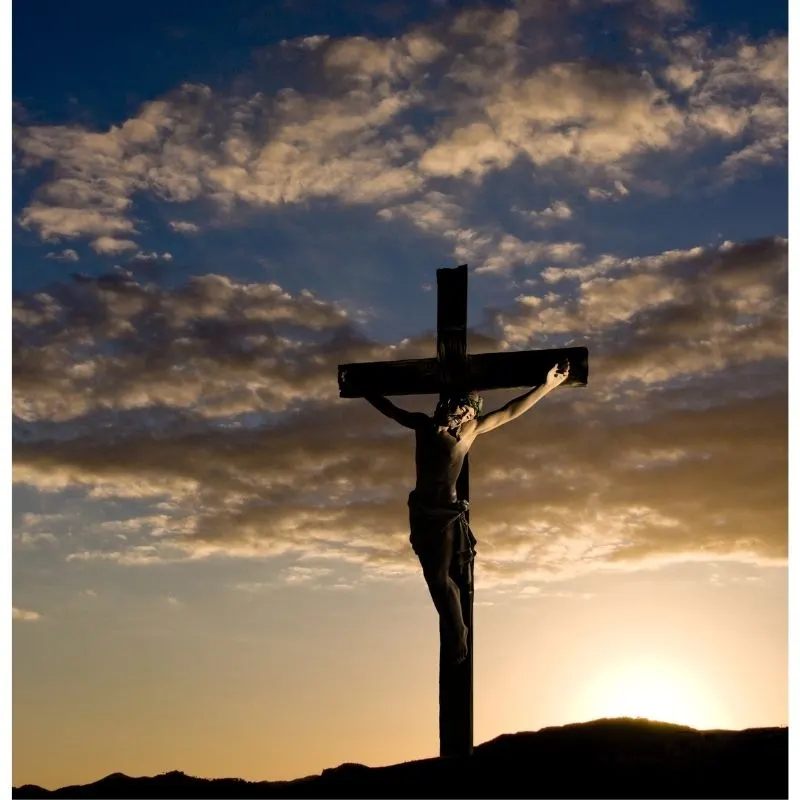
If you were to ask people in cities such as Madrid and Barcelona, “How is Semana Santa celebrated in Spain?”
They are likely to mention the religious plays and passion narratives that take place during Holy Week.
Passion Plays date back centuries and were a good way to demonstrate to the people the true meaning of the Easter story in a form that they could easily understand and access.
Today, Passion Plays continue to re-enact the story of Christ’s Passion, often with local people taking part.
Sometimes, the story will be told in different locations in the city, so audiences will move from spot to spot to see each element of the story.
Semana Santa in Different Spanish Cities
There is no single answer to the question “How is Semana Santa celebrated in Spain?” since each city has its own way of hosting the festivities.
While some places keep things very traditional, others have a more modern twist to their celebrations.
Some towns and cities go all-out with very grand processions, while others keep things solemn and low-key.
1. Seville
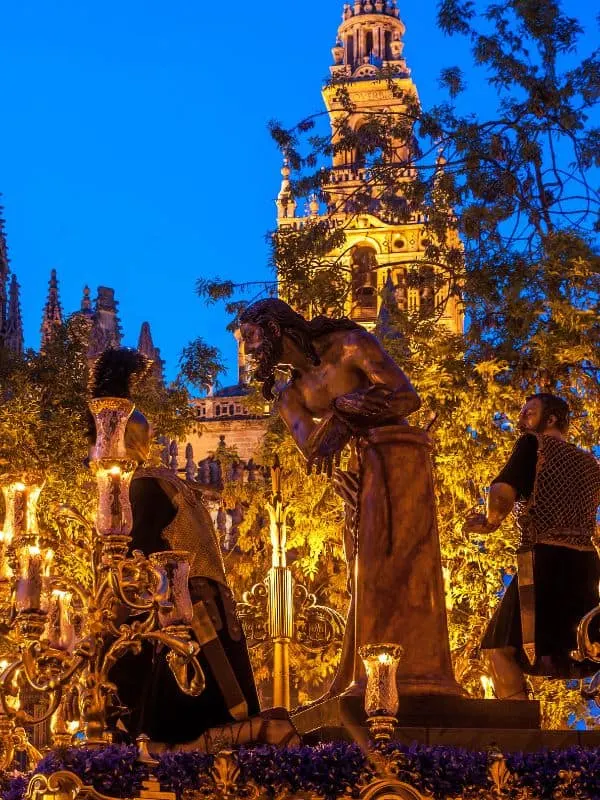
Easter Week in Seville is one of the best times to visit this Andalucian city. The Semana Santa festivities here are world-renowned for their tradition and grandeur.
In fact, if you were wondering, “Where is Semana Santa celebrated in Spain with the most extravagance?” The answer would lie in Seville.
More than 60 local Brotherhoods take part in the celebrations, which last for over a week and involve thousands of local people, including children who traditionally participate in some of the processions.
The processions themselves here are particularly dramatic and spectacular, partly thanks to the saetas or religious acapella songs with a Flamenco influence, which are sung from the city’s balconies at various points during the processions. – Check out flamenco shows in Seville here.
While there are multiple processions each day of the holiday, the most important are held on Palm Sunday, Maundy Thursday, and Good Friday, with the most significant and popular being those on the evening and night of Maundy Thursday into the early hours of Good Friday morning.
The Madruga, which is held on the evening of Maundy Thursday, sees local women wearing the traditional mourning costume, which consists of a black dress, matching shoes, and rosary, together with the classic black lace veil or Mantilla as they walk through the streets.
The Silencio procession which takes place in complete silence and by candlelight, is especially moving and is well worth seeing.
2. Granada
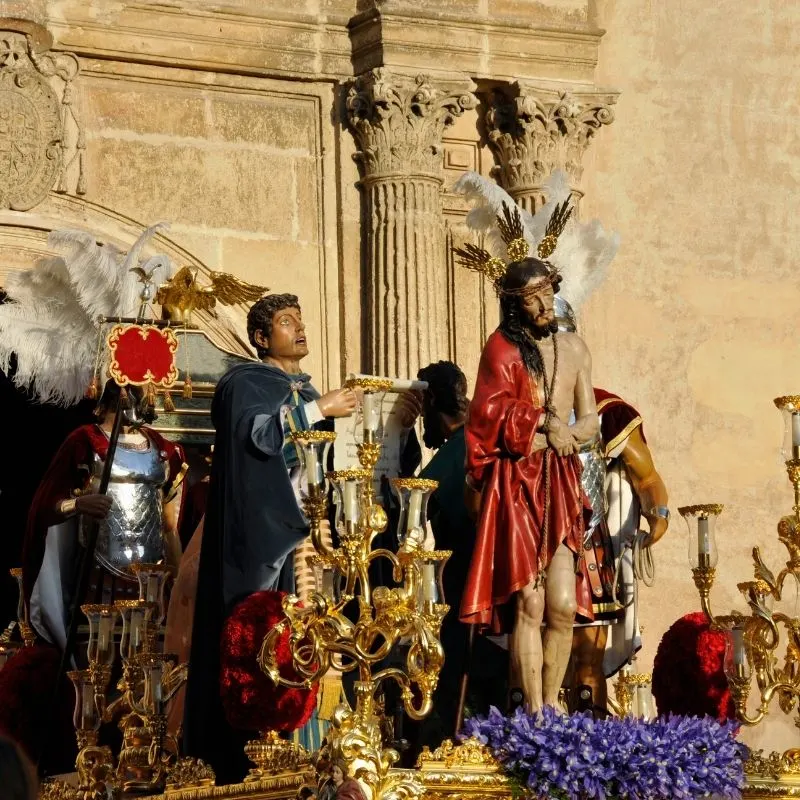
Granada is a particularly special place to spend Holy Week, thanks to its unique blend of Christian and Moorish influences that make the local Semana Santa customs truly stand out.
Of course, the stunning backdrop of the ancient city makes any festival here even more impressive too.
One of the unique features of Easter Week in Granada is its Gypsy procession, which takes place on Holy Wednesday.
It involves a procession through the Sacromonte neighbourhood, where bonfires have been lit to celebrate the holiday.
3. Valladolid
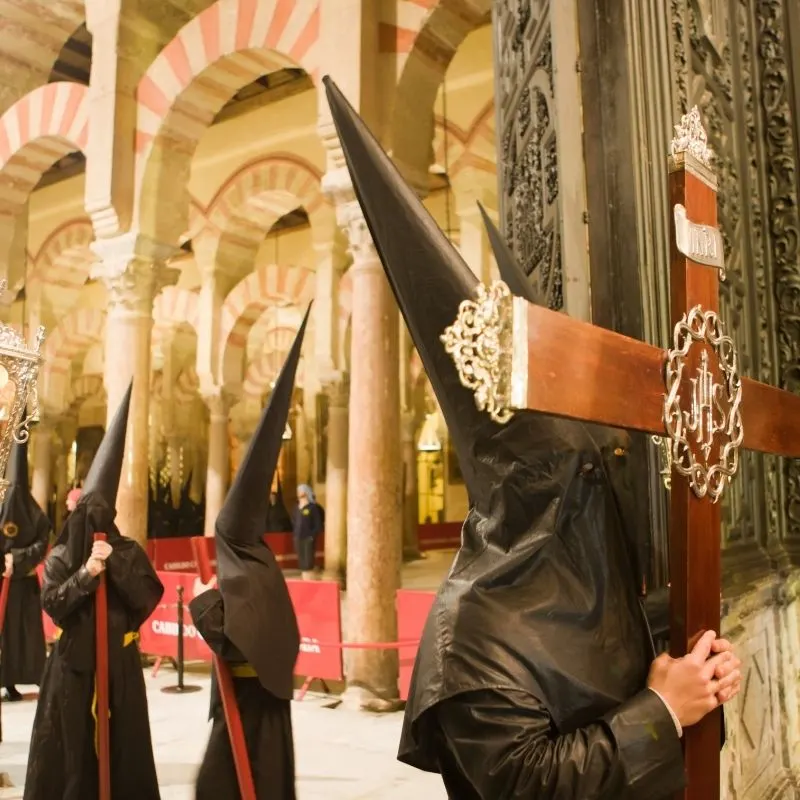
Valladolid has its own unique way of celebrating Easter, with some of the most dramatic processions in all of Spain being held in this spectacular, ancient city.
Passion Plays have a long tradition here, with a re-enactment of the Passion of the Christ on Good Friday carried out by local people.
The atmosphere in this city during Semana Santa is far more solemn and reflective than in other cities, and this is borne out in the emotional nature of the processions.
On Good Friday, the Sermon of the Seven Woods is the most important event of the week. It involves Brotherhood members riding on horses to proclaim the Plaza Mayor Square.
Following this, the Passion Procession, with its 31 statues dating back to the 1500s and 1600s, takes place with thousands of participants.
Local Customs and Traditions
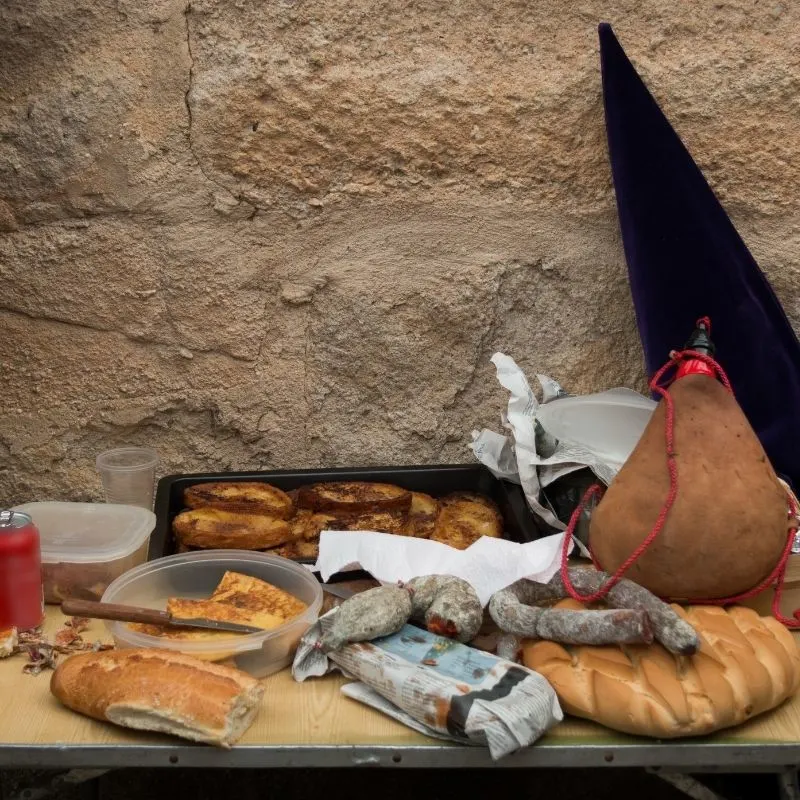
No matter where you are spending Semana Santa in Spain, you’ll see the churches and streets decorated with flags, banners, and flowers.
The people, too, will often be seen wearing their best clothes when they’re watching the parades.
This is especially true in Seville on Palm Sunday, where traditionally, the women will wear pastel dresses and the men will wear blue suits.
While cities and towns in Andalucia tend to have a more traditional approach to Holy Week, in other areas, there is a blend of contemporary and customary practices.
In Barcelona, for example, the celebrations are more low-key and modern, although Palm Sunday is a key time for celebration, with palm leaves being sold on Las Ramblas and godparents purchasing them for their godchildren as they take them to church for a special blessing.
All over Spain, there are certain culinary delights and specialties which are consumed during Holy Week.
On Good Friday, even non-practicing Catholics tend to adhere to the old tradition of refraining from meat, and so dishes like bacalao croquettes and potaje de vigilia which are cod-based, are often eaten.
Many sweet Semana Santa food items are also consumed at this time of the year, with Torrijas, bunuelos de viento, Easter cakes, or Mona de Pascua being gifted and eaten alongside the chocolate bunnies and eggs that are commonplace throughout Europe.
Nightly Processions: A Visual Feast
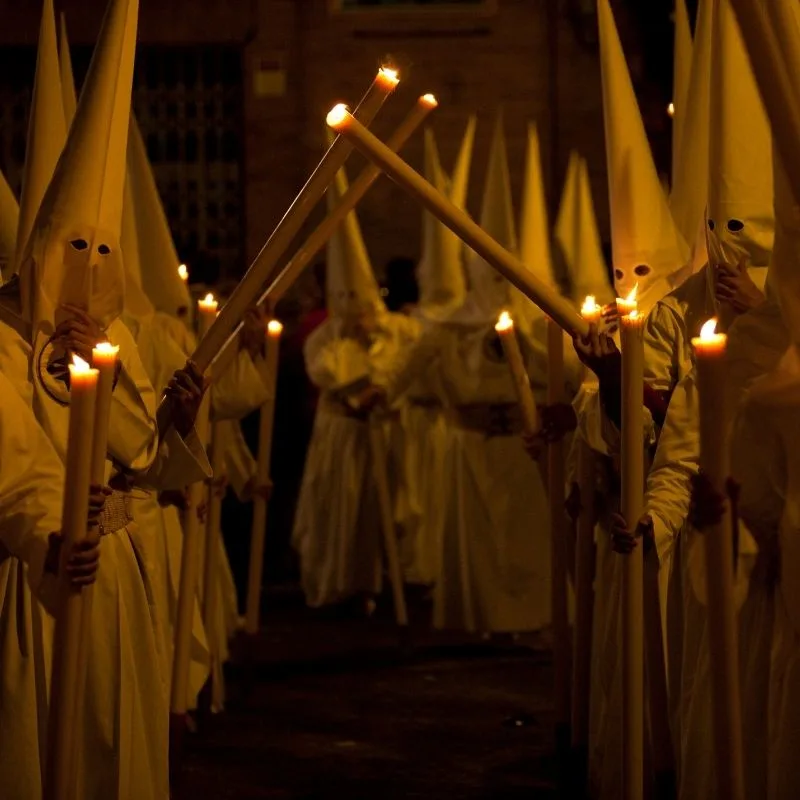
What is Semana Santa without watching a night procession? These candlelit or torchlit processions take place once the sun has gone down and truly offer a unique insight into the authentic traditions of Spain.
There’s something emotional and moving about seeing the Brotherhoods bring their religious icons through the streets lit only by lanterns, even if you aren’t actually religious yourself.
The El Silencio parade is a classic example of how is Semana Santa celebrated in Spain.
Most towns and cities will have their own version of this procession, which will take place after dark by candlelight in complete silence except, in some places, for the rhythmic beating of a drum.
The atmosphere is electric at these processions, especially in Andalucia, where saetas will ring out from the balconies periodically to cut through the silence.
The culmination of Semana Santa: Easter Sunday
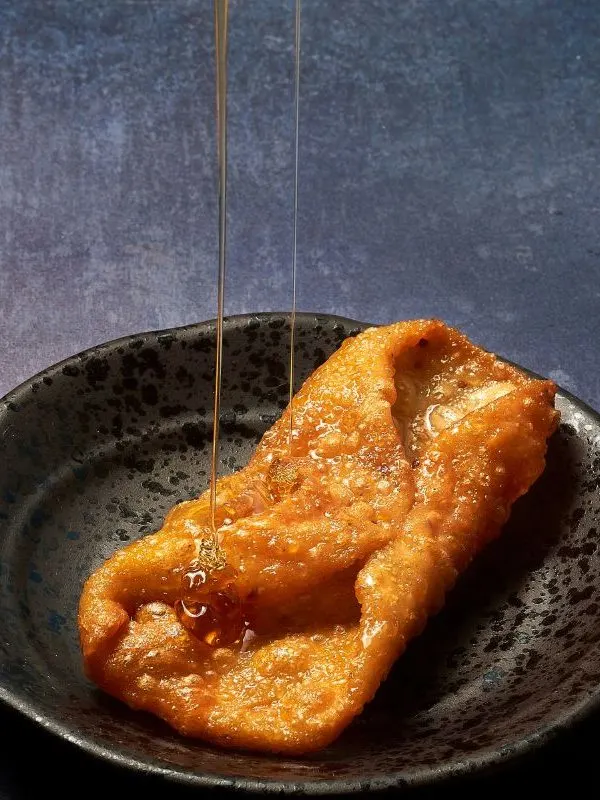
Traditionally Easter Sunday in Spain takes on a very different tone to the processions which you’ll experience on Maundy Thursday and Good Friday.
In stark contrast to the solemn nature of those processions, Easter Sunday or Domingo de Resurreccion sees excitement and joy breaking out amongst the locals.
There are colourful and lively parades to replace the more sober processions, where you’ll see floats decorated with flowers and experience happy music.
You’ll also have a chance to sample traditional pastries and sweets which are eaten to mark the end of Lent.
Torrijas and Pestinos are just two of the delicious desserts that are consumed at this time of the year.
Traditionally, on Easter Sunday, everyone will go to church to celebrate Mass, and you’ll find that in the bigger cities like Barcelona, there will be services held in English as well as in Spanish.
Most people will spend the day with their families, friends, and loved ones, dining and enjoying spending quality time together.
How is Semana Santa celebrated in Spain – Tips and Advice
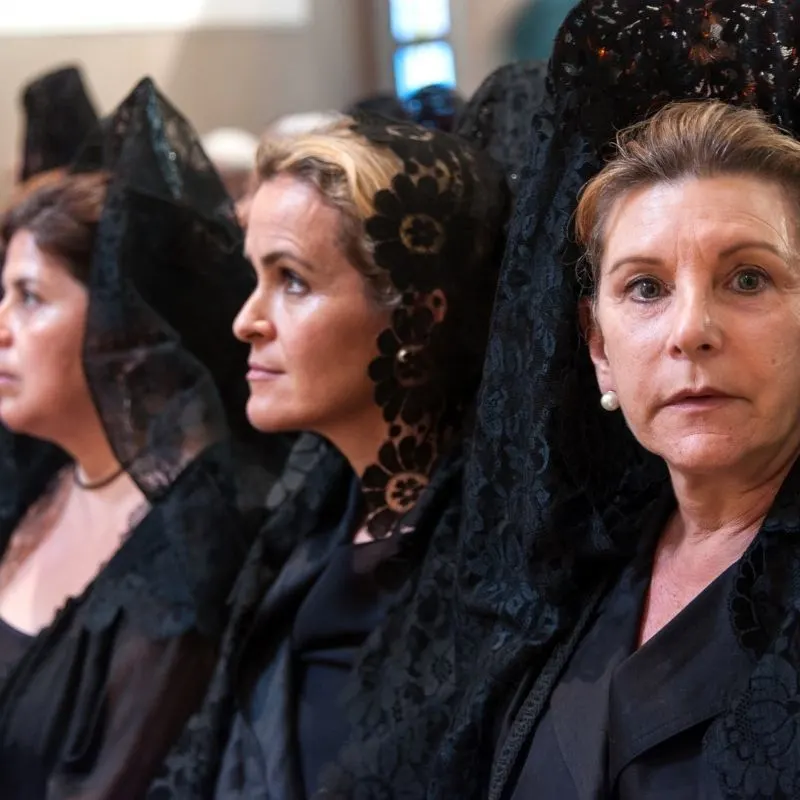
So if you want to learn more about how is Semana Santa celebrated in Spain, you’ll first need to decide where you’re going to spend the week.
The most important tip to keep in mind when heading to Spain for Semana Santa is to plan well ahead. Make sure you know when is Easter celebrated in Spain since its date changes from year to year.
As Holy Week is one of the top times to visit Spain due to the famous nature of its celebrations, you’ll need to make your booking in plenty of time, especially if you’re heading to Seville since thousands of people from all over the world flock here for Easter week.
Make sure to choose your accommodation in advance, and if you’re going to book a space on a balcony for a bird’s eye view of the processions, you’ll need to make your reservation well ahead, too, since places sell out rapidly.
Perhaps the most crucial thing of all is to be respectful and culturally sensitive when participating in the Semana Santa celebrations in Spain.
While many of the events and activities may be joyful, they still hold religious and cultural significance, and some of the processions have a deep meaning that shouldn’t be spoiled by inappropriate comments or behavior.
Make sure to dress respectfully, too – for example, on Palm Sunday, many people will wear smart clothing, so don’t turn up in ripped jeans or hotpants!
Final thoughts on how is Semana Santa celebrated in Spain
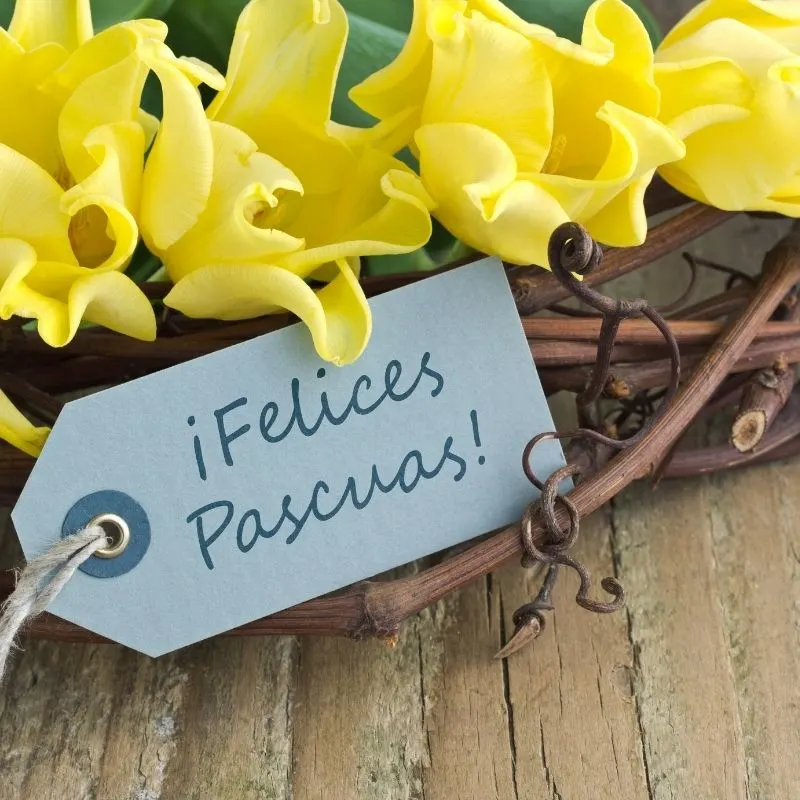
Now you know the answer to the question “How is Semana Santa celebrated in Spain?” and you have a little more insight into the traditions and customs associated with this important time of year for the Spanish people.
From impressive processions to delicious Easter foods, you’ll be able to sample a taste of the authentic side of Spain and gain a different perspective on Spanish culture and heritage.
If you’re visiting Spain over Holy Week, don’t be afraid to immerse yourself completely in the cultural spectacle.
Even if you aren’t religious yourself, you’re still likely to be moved by the experience and to find deeper meaning in the depth of history and culture that you’ll be witnessing.
FAQ about how is Semana Santa celebrated in Spain
Where is the best place to see Semana Santa?
The best place to experience Semana Santa in Spain depends very much on the kind of experience you’d prefer.
If you’re looking for grandeur, Seville is ideal for you. If you’re looking for the unusual experience of Moorish combined with Christian traditions, Granda is ideal.
Meanwhile, if you want to experience passion plays, head to Valladolid.
Where are the biggest Semana Santa celebrations?
Seville is well-known to have the biggest and grandest Semana Santa celebrations in the whole of Spain.
Thousands of local people get involved, and tourists come from all over the world to experience the unique atmosphere in the city streets at this time of year.
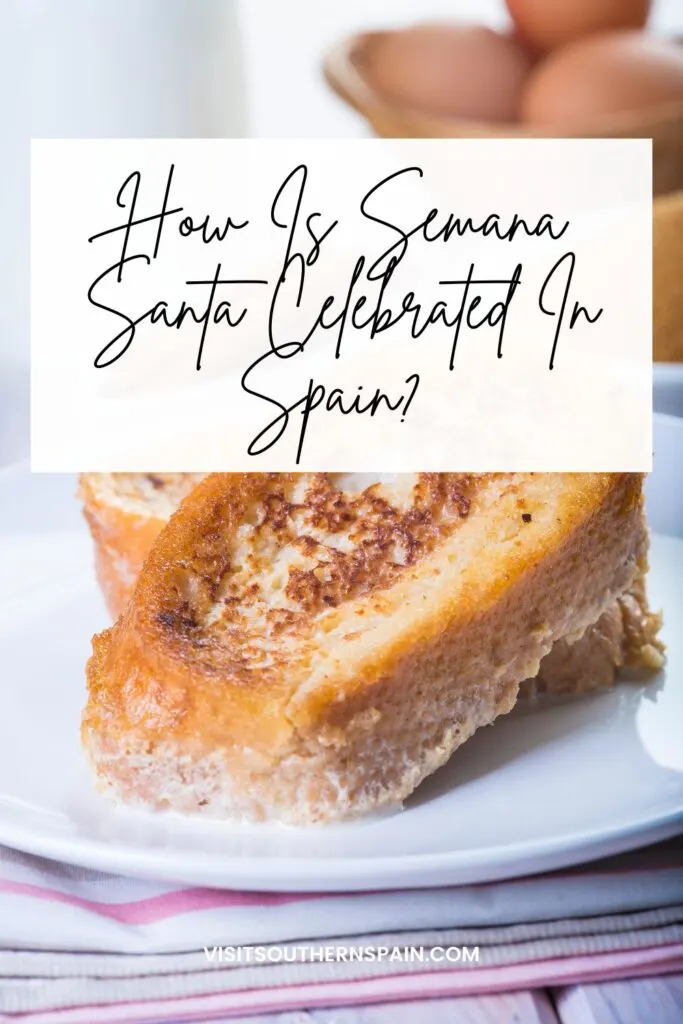
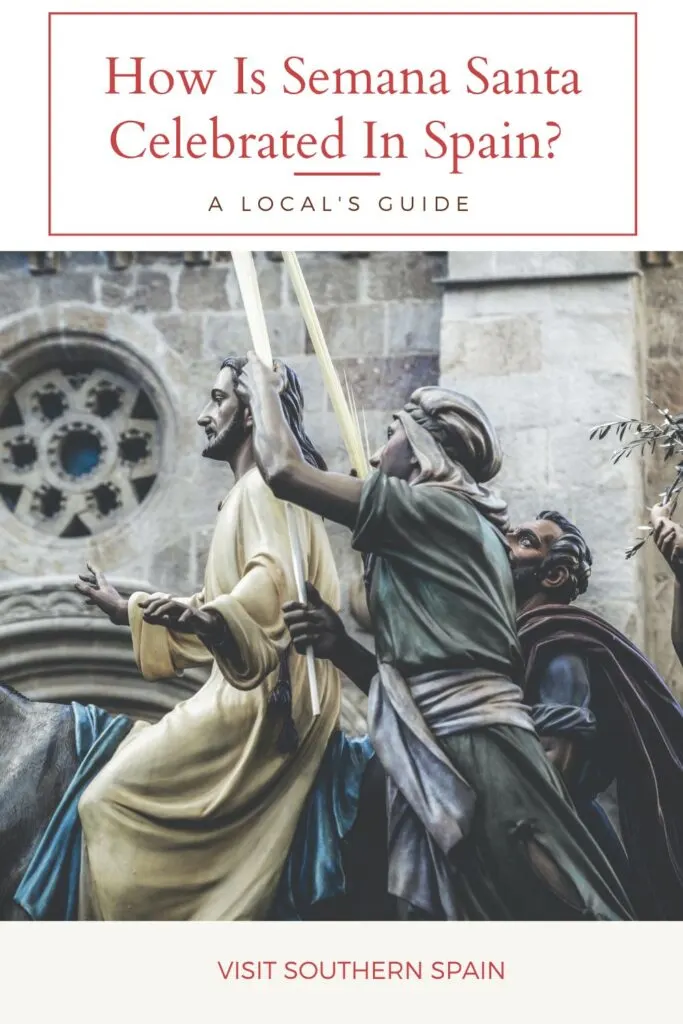
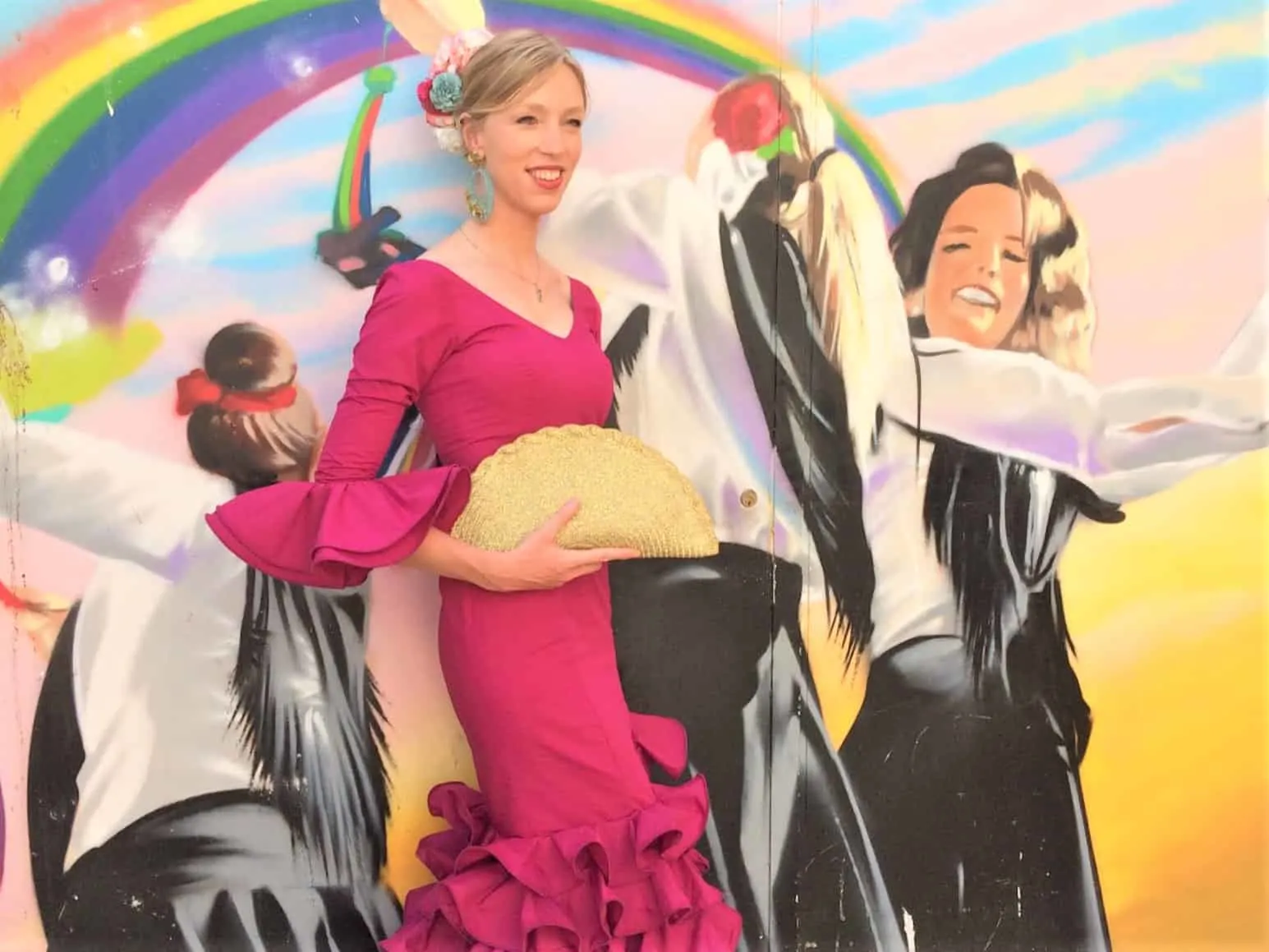
Hola, I’m Paulina! Together with my team, we are passionate about Southern Spain. Here we share all you need to know for great times in Southern Spain with the best places to visit, stay and, of course, the best food to eat.
Let’s dive in and explore Southern Spain’s outdoors, food and culture con pasión!
